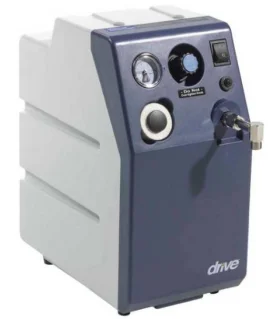7 Common CPAP Mask Problems & Easy Fixes for Better Sleep
Key Takeaways
Easy Fixes for Common Issues: Most CPAP mask problems – like leaks, dry mouth, or discomfort – have simple solutions. Don’t give up!
Fit & Cleanliness Matter: A good mask fit and daily cleaning are key to preventing leaks and skin irritation.
Beat Dryness: If you experience dry mouth or throat, use your CPAP humidifier or consider a heated tube for more comfort.
Find Your Comfort: Feeling uncomfortable or claustrophobic? Adjust your mask, try liners, or explore lighter mask types that suit you better.
Get Expert Help: If issues persist, your doctor or medical supply team can provide personalized adjustments or help you find a better mask.
Stay Consistent: Keep going with your CPAP therapy! Solutions are available to ensure you get comfortable, beneficial sleep for your health

Introduction
Struggling with your CPAP therapy? You’re not alone. While Continuous Positive Airway Pressure (CPAP) therapy is a highly effective treatment for sleep apnea, many users encounter challenges with their CPAP masks. From pesky leaks to uncomfortable pressure, these issues can disrupt your sleep and even discourage adherence to your therapy.
But don’t give up! Most CPAP mask problems have straightforward solutions. This guide will walk you through seven common issues and provide practical, easy fixes to help you achieve comfortable, effective sleep.
Health insurance coverage like Medicare, Medicaid and private insurances also cover replacement supplies every few months. To learn more about getting replacement masks for your CPAP or BiPAP Machine through your insurance coverage send our sleep specialists a message: https://universalmedsupply.com/solutions/sleep-therapy-products
1. CPAP Mask Leaks (Air Escaping)

The Problem: Air escaping from your mask can be noisy, reduce the effectiveness of your therapy, and irritate your eyes or skin. Leaks are one of the most frequent complaints among CPAP users.
The Fix:
- Adjust Your Fit: A common culprit is an ill-fitting mask. Gently adjust the headgear straps while lying down. It should be snug but not overly tight. Over-tightening can actually cause more leaks by distorting the cushion.
- Check Mask Size & Type: Your mask might be the wrong size or type for your face shape. Consult your medical supplier or sleep specialist for a professional mask fitting. There are many mask types (nasal, nasal pillow, full face) – one might suit you better.
- Clean Your Mask Daily: Facial oils, dirt, and dust can degrade the mask seal. Wash your mask cushion with mild soap and warm water daily.
- Inspect for Wear and Tear: Over time, mask cushions and frames can degrade. Check for cracks, tears, or hardening of the silicone. Replace cushions every 3-6 months and the entire mask every 6-12 months, or as recommended by your provider.
2. Dry Mouth or Dry Throat
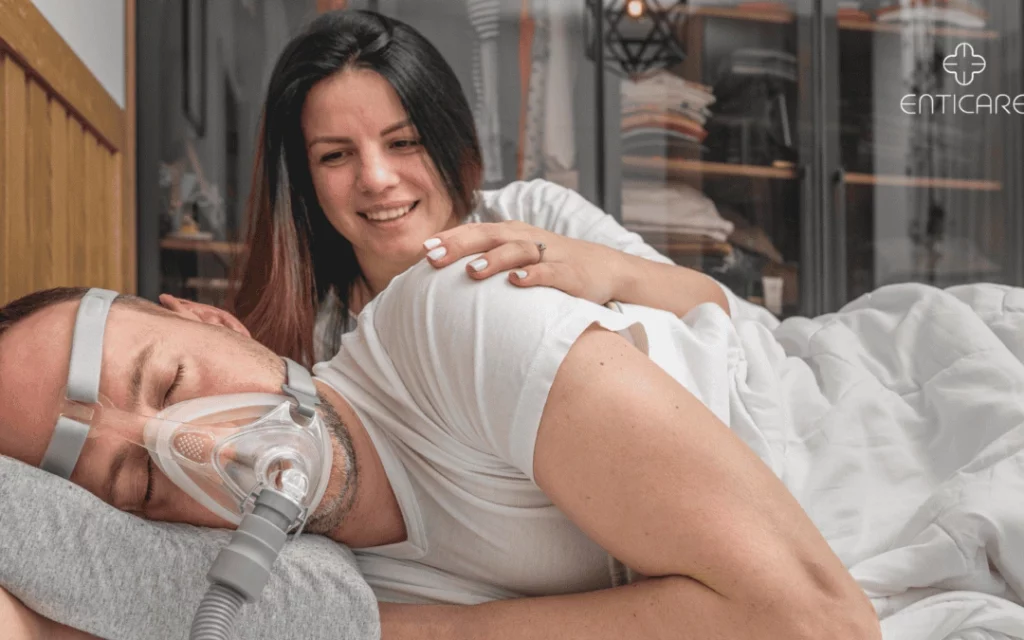
The Problem: Waking up with a parched mouth or throat is a common side effect of CPAP therapy, especially if you breathe through your mouth or if the air is dry.
The Fix:
- Use a Humidifier: Most modern CPAP machines come with an integrated humidifier. Ensure it’s filled with distilled water and set to an appropriate level. Experiment with different humidity settings to find what’s comfortable for you.
- Consider a Heated Tube: A heated hose prevents condensation (rainout) in the tubing, allowing you to use higher humidity levels without water collecting in the mask.
- Try a Chinstrap or Full Face Mask: If you breathe through your mouth while sleeping, a chinstrap can help keep your mouth closed, encouraging nasal breathing. Alternatively, a full face mask covers both your nose and mouth, preventing air from escaping through your mouth.
- Stay Hydrated: Drink plenty of water throughout the day.
3. Skin Irritation, Red Marks, or Pressure Sores
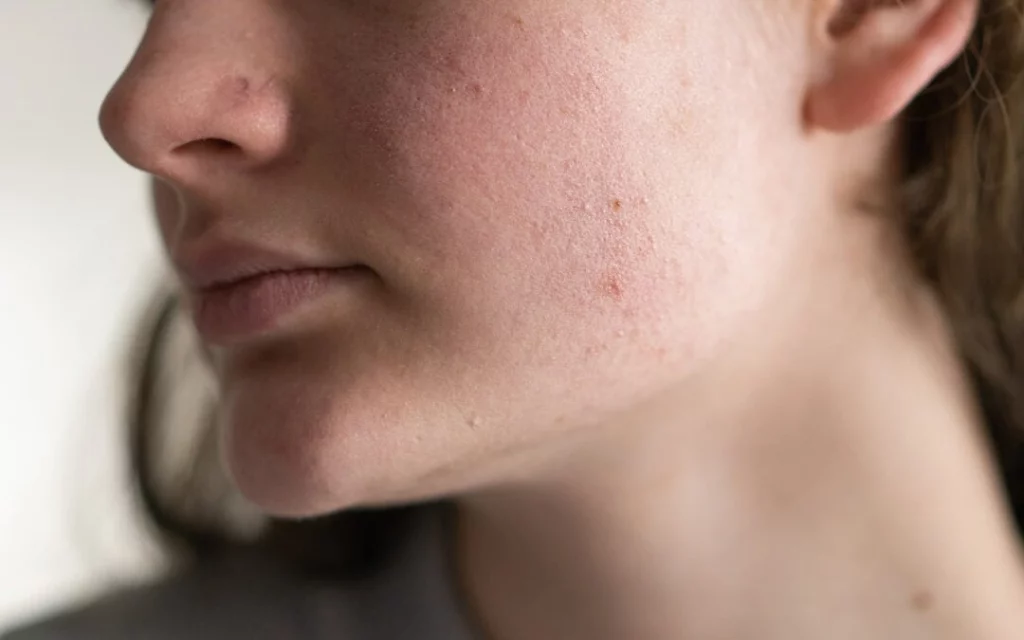
The Problem: Red marks, skin indentations, or even sores can develop on your face where the mask touches, often due to a mask that’s too tight or ill-fitting.
The Fix:
- Loosen the Straps (Gently!): Your mask doesn’t need to be cinched down. A proper fit is snug, not tight.
- Use Mask Liners or Cushions: Fabric mask liners or gel pads can provide a barrier between your skin and the silicone, reducing friction and absorbing moisture.
- Ensure Proper Cleaning: Daily cleaning prevents oil and dirt buildup that can irritate skin.
- Explore Different Mask Materials: Some people are sensitive to silicone. Explore masks with different cushion materials if irritation persists.
- Moisturize Your Face: A good, non-greasy moisturizer can protect your skin. Apply it at least 30 minutes before putting on your mask so it has time to absorb.
4. Claustrophobia or Feeling Trapped
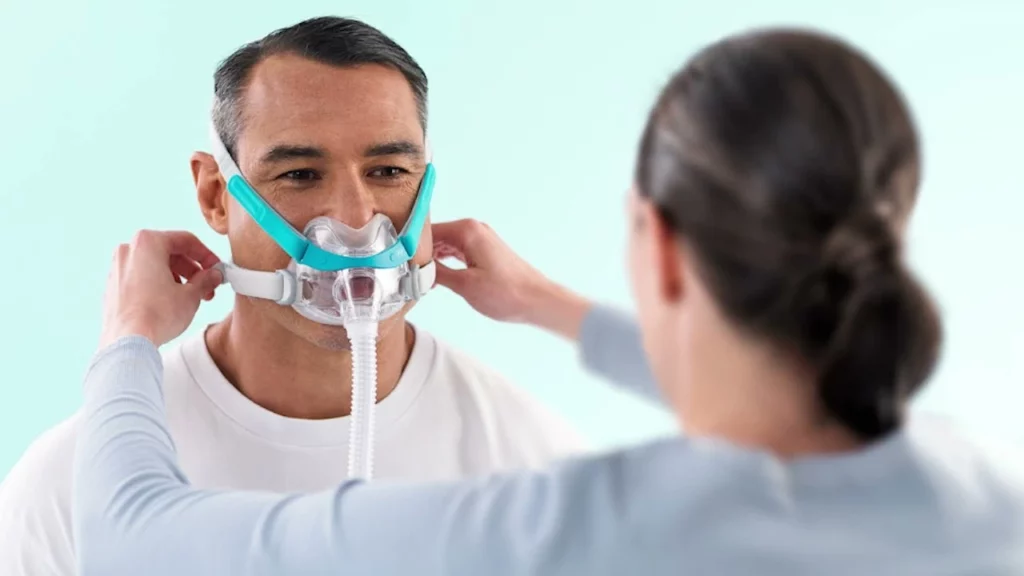
The Problem: Some individuals feel anxious or claustrophobic when wearing a CPAP mask, especially a full face mask.
The Fix:
- Practice Wearing it During the Day: Wear your mask for short periods while awake, reading, or watching TV, to get used to the sensation.
- Start with a Lighter Mask Type: If you’re using a full face mask, consider trying a nasal mask or nasal pillow mask, which are less obtrusive.
- Focus on Breathing: Practice slow, deep breaths to calm yourself.
- Positive Association: Associate your mask with comfort and better sleep rather than a restrictive device.
5. Noise from the CPAP Machine or Mask
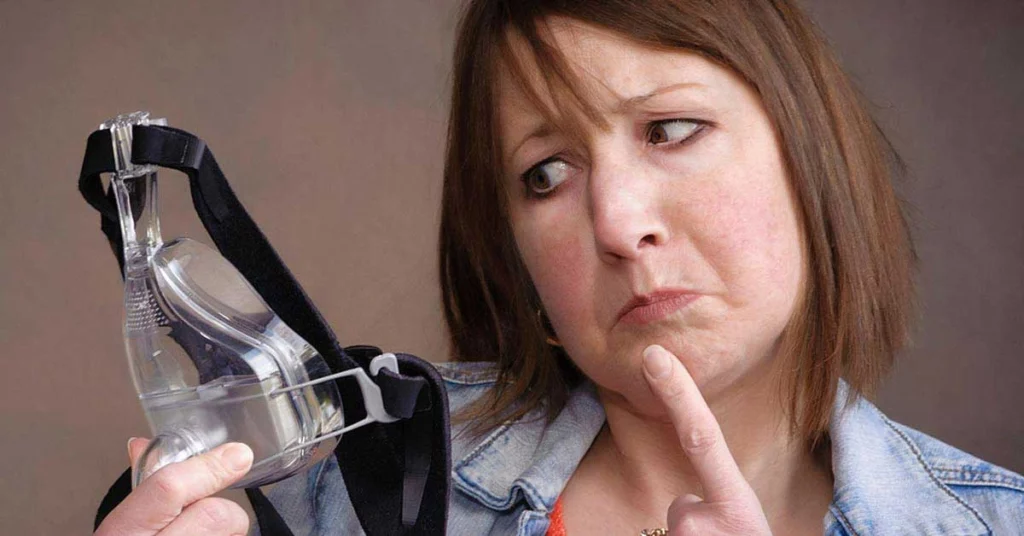
The Problem: While modern CPAP machines are designed to be quiet, some users are bothered by the sound of the machine’s motor or air escaping through the mask.
The Fix:
- Check for Leaks (Again!): Air escaping from leaks can create a whistling or rushing sound. Address leaks using the tips above.
- Ensure Filter is Clean: A dirty or clogged air filter can make your machine work harder and produce more noise. Replace filters regularly.
- Machine Placement: Place the machine on a stable surface (not directly on a hollow nightstand that can amplify vibrations) and as far from your head as the tubing allows.
- Use a Humidifier: A well-humidified system can sometimes run more quietly than a dry one.
- Consider a White Noise Machine: If the sound is still an issue, a white noise machine or fan can help mask it.
6. Discomfort or Pain on the Bridge of the Nose
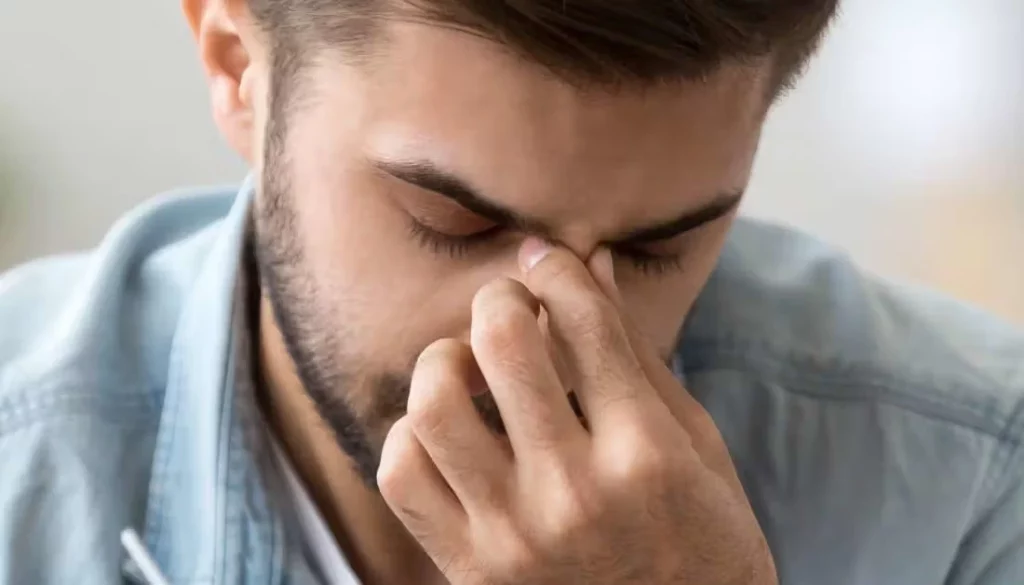
The Problem: This is a common issue with nasal and full face masks, caused by pressure on the delicate nasal bridge.
The Fix:
- Adjust Headgear Tension: Loosen the straps that go over the bridge of your nose.
- Reposition the Mask: Try sliding the mask slightly up or down your nose to find a less pressured spot.
- Use a Nasal Pad or Cushion: Small gel pads or fabric strips specifically designed for the nasal bridge can offer cushioning.
- Try a Different Mask Style: A nasal pillow mask (which seals at the nostrils rather than over the bridge) or a full face mask with a softer, wider seal might alleviate this pressure.
7. Waking Up with Bloating or Gas (Aerophagia)
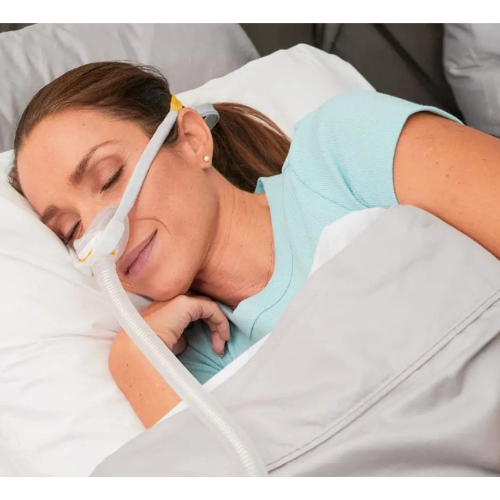
The Problem: Swallowing air during CPAP therapy can lead to uncomfortable bloating, burping, or gas. This usually happens when air pressure is too high or if you unconsciously swallow air.
The Fix:
- Consult Your Doctor About Pressure Settings: Your CPAP pressure might be too high. Discuss this with your sleep specialist, as only they can adjust your prescribed pressure.
- Use a Ramp Feature: Most CPAP machines have a “ramp” feature that starts therapy at a lower, more comfortable pressure and gradually increases it to your prescribed level as you fall asleep.
- Address Nasal Congestion: If your nose is blocked, you might mouth breathe or swallow air. Use saline spray or other decongestants as advised by your doctor to keep nasal passages clear.
- Adjust Sleep Position: Sleeping on your side might reduce aerophagia for some individuals.
Don't Let CPAP Mask Problems Derail Your Therapy!
Effective sleep apnea therapy is crucial for your long-term health and well-being. By understanding and addressing these common CPAP mask problems, you can significantly improve your comfort and adherence. Don’t hesitate to reach out to your healthcare provider or our knowledgeable medical supply at 866.864.6332 team for personalized assistance and to explore different mask options.
Disclaimer: This information is for educational purposes only and should not replace professional medical advice. Always consult your doctor or healthcare provider for diagnosis and treatment of any medical condition.
CPAP Masks Issues FAQs:
Q: What are some common problems people experience with CPAP masks?
A: Common issues include air leaks, dry mouth or throat, skin irritation, red marks, claustrophobia, noise, and discomfort on the bridge of the nose. Some users also experience bloating or gas.
Q: How do I fix a CPAP mask that's leaking air?
A: Adjust the fit, check the mask size and type, clean the mask daily, and inspect for wear and tear. Ensure the headgear straps are snug but not overly tight.
Q: What can I do about a dry mouth or throat while using a CPAP?
A: Use a humidifier, consider a heated tube, try a chinstrap or full face mask, and stay hydrated by drinking plenty of water.
Q: How can I prevent skin irritation or red marks from my CPAP mask?
A: Loosen the straps, use mask liners or cushions, ensure proper cleaning, explore different mask materials, and moisturize your face before wearing the mask.
Q: How do I reduce noise from my CPAP machine or mask?
A: Check for leaks, ensure the filter is clean, place the machine on a stable surface, use a humidifier, and consider a white noise machine or fan.
Q: Why am I waking up with bloating or gas while using CPAP?
A: This can happen if you’re swallowing air during therapy (aerophagia). Consult your doctor about pressure settings, use a ramp feature, address nasal congestion, and adjust your sleep position.
Q: How often should I replace my CPAP mask and its parts?
A: Replace cushions every 3-6 months and the entire mask every 6-12 months, or as recommended by your provider.
Q: Does health insurance cover replacement CPAP masks and supplies?
A: Yes, health insurance coverage like Medicare, Medicaid, and private insurances often cover replacement supplies every few months.
Q: How can I find out if my insurance covers CPAP mask replacements?
A: Send a message to the sleep specialists at Universal Med Supply through the link provided in the blog post: https://universalmedsupply.com/solutions/sleep-therapy-products, or call them at 866.864.6332
Q: What are the different types of CPAP masks?
A: Common types include nasal masks, nasal pillow masks, and full face masks.
Q: What is a CPAP ramp feature?
A: A “ramp” feature starts therapy at a lower, more comfortable pressure and gradually increases it to your prescribed level as you fall asleep.
Q: What should I do if I continue to have problems with my CPAP mask?
A: Don’t hesitate to reach out to your healthcare provider or a knowledgeable medical supply team for personalized assistance and to explore different mask options

